Belsay Castle was the home of the Middleton family for many generations. The castle was built as a fortified home due to the period of conflict in the borders, but this conflict passed in the 17th century. The castle was then altered and extended to show off the fashions of the time and transforming it into a country home. By the 19th century, the castle home was dated, so the family, under Charles Monck, built the nearby Belsay Hall in a Grecian style to meet the fashions of that time. The quarry gardens were landscaped at the same time as stone was used to build the manor.

During the second World War, Belsay Hall was used by the army. It was maintained by remaining staff and German prisoners of war. Afterwards, the cost of the maintainance was too much, and the building was suffering from dry rot. The hall became empty of furniture, and the estate was given to English Heritage on the condition that the rooms will not be re-created. English Heritage is currently maintaining the rooms and repairing the damage from the dry rot, and art exhibitions are sometimes held here.
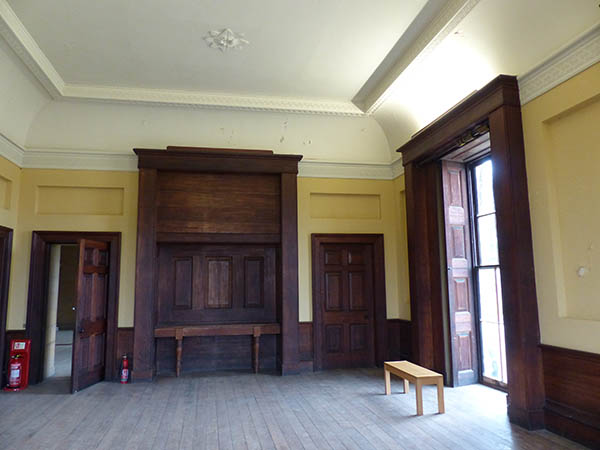
The library of the manor house is the largest room and built as an informal main reception room, which was the fashion in those times. The bookshelves were inspired by a Grecian temple, and the ceiling is also in the Grecian style.
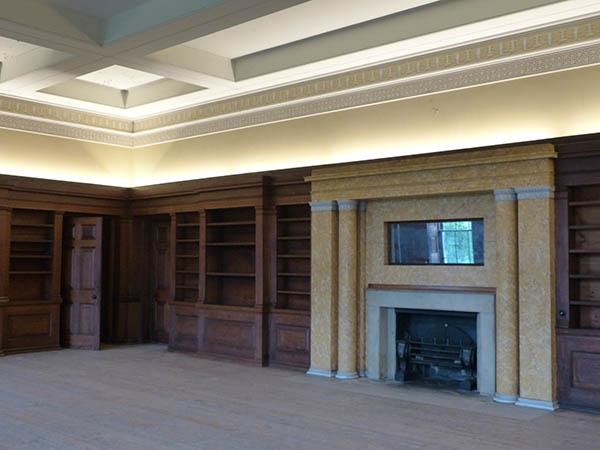
The central hallway was inspired by Roman houses with the atria in the middle of the home to allow light to enter the middle of the house.
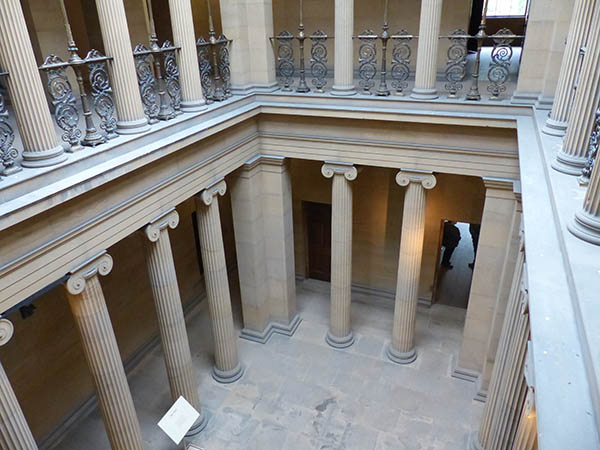
Many of the rooms have a honeysuckle motif (popular in Greek design) bordering the ceiling. The wallpaper is from Essex and Co and dates from the later 1800s. The geometrical Grecian style was updated to allow for floral fashion in the later years.
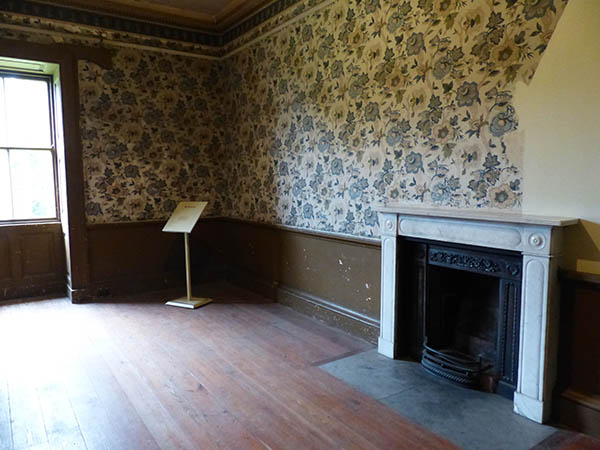
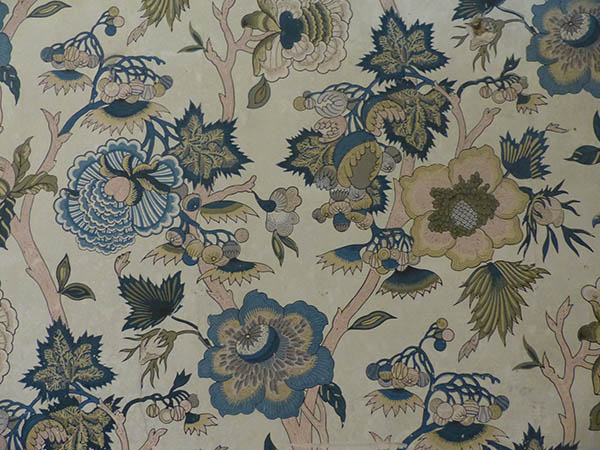
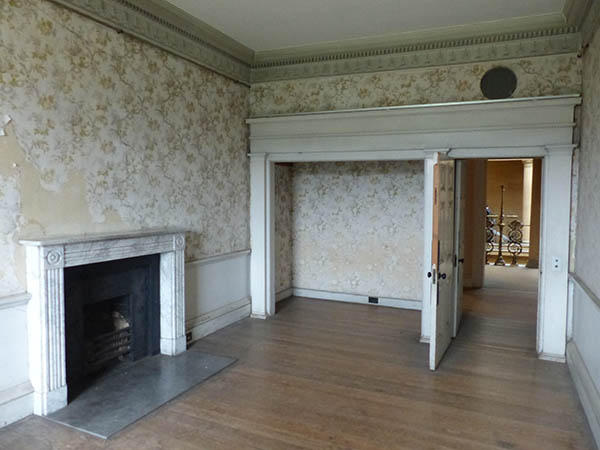
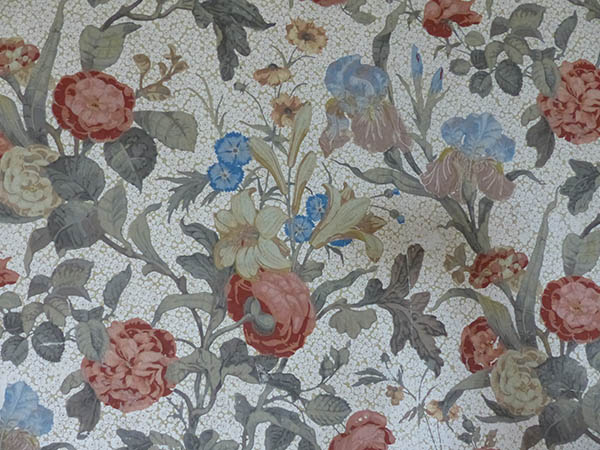
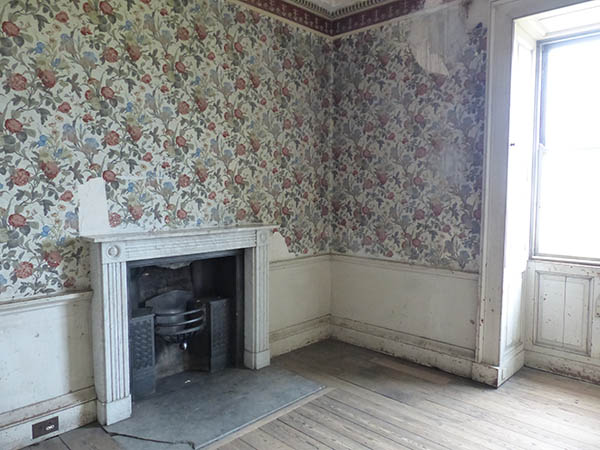
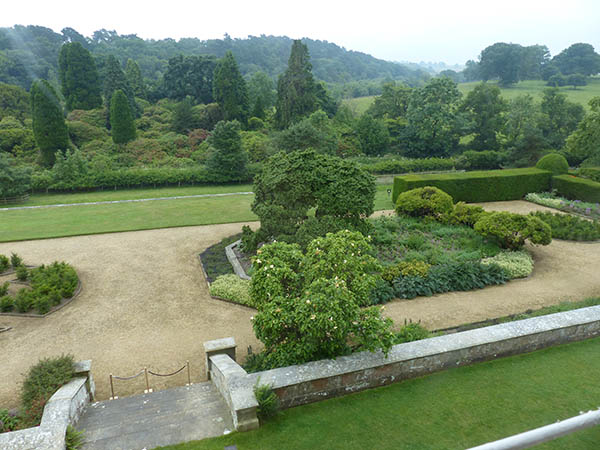
One whole section of the house is currently being repaired with chemicals injected into the stonework to protect it from further damage.
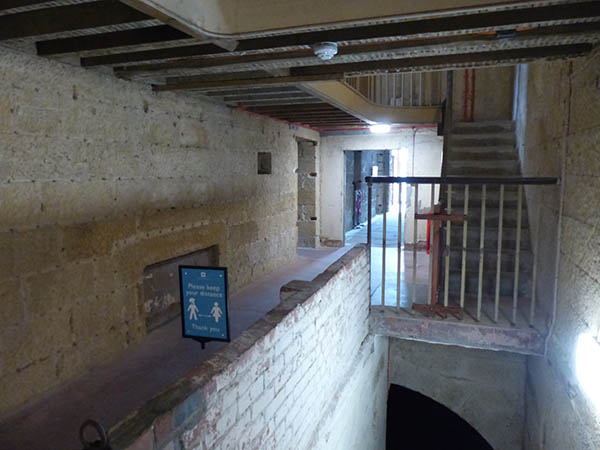
The parkland was laid out by Capability Brown, and Charles Monck built a new estate village at Belsay for the staff. Cottages were built for the staff, and an inn was built for travellers. Much investment was provided in maintaining farmhouses and buildings to collect rent from tenants who farm the land and planting woodland for shooting and timber.
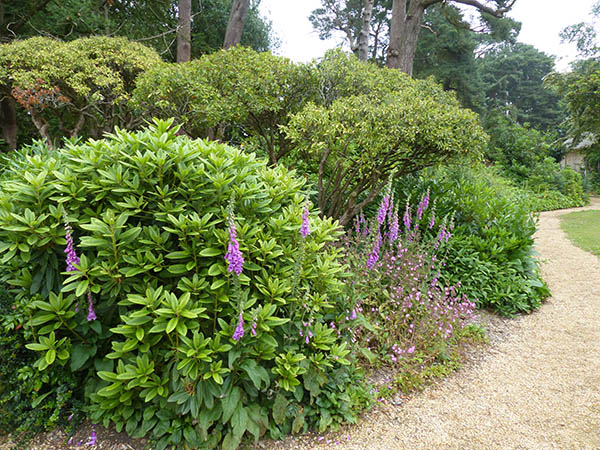
Lake and woodland was created and landscaped with rugged wilderness and formal gardens contrasting in design. The quarry gardens were created between the castle and hall; stone from them had been used for the building of the hall. Rhododendrons were also introduced, and Belsay is a popular place to view them. I enjoyed a walk through the quarry garden, which is really unique. I've never seen anything like this, so it made Belsay Hall stand out.
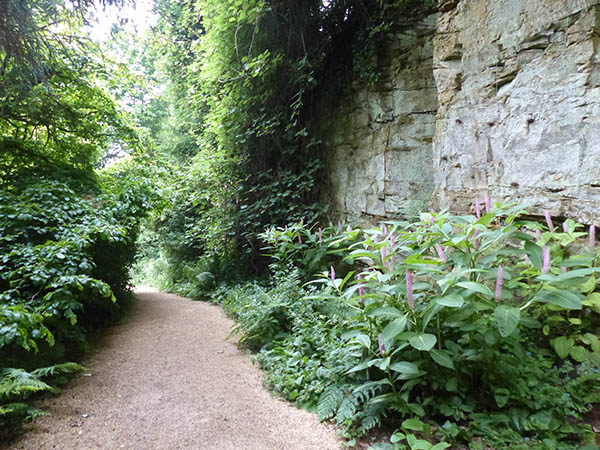
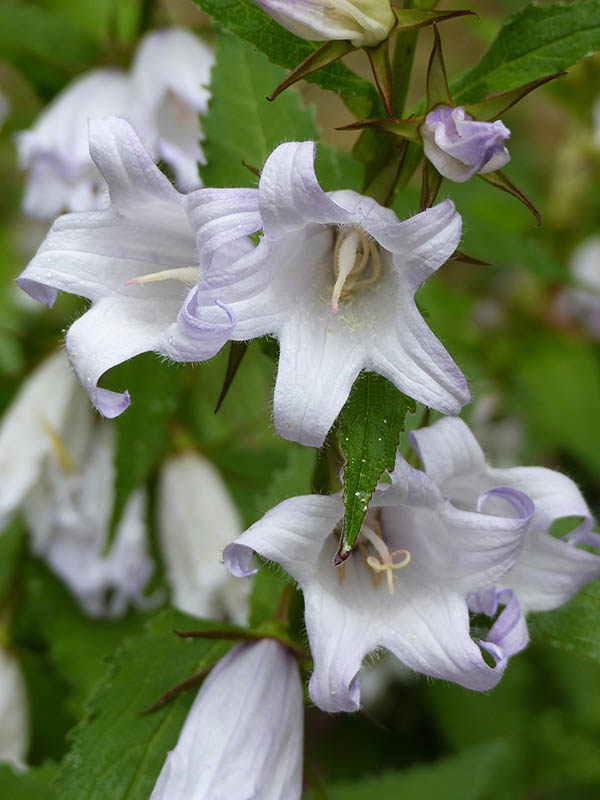
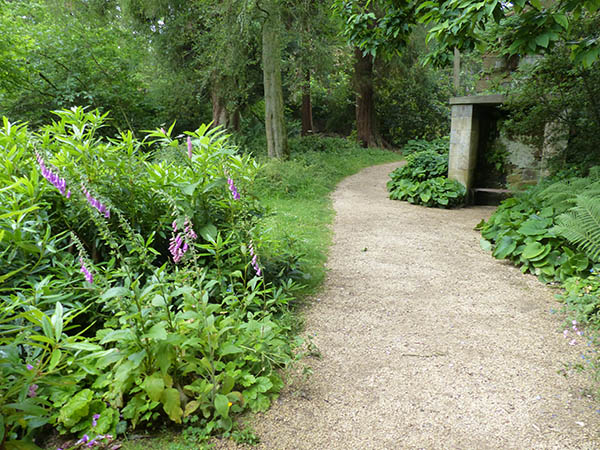
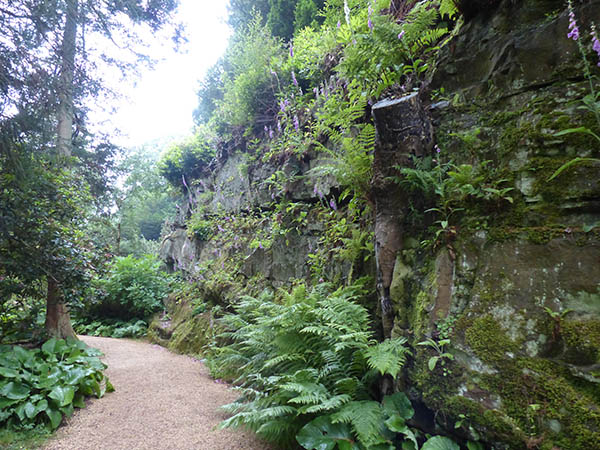

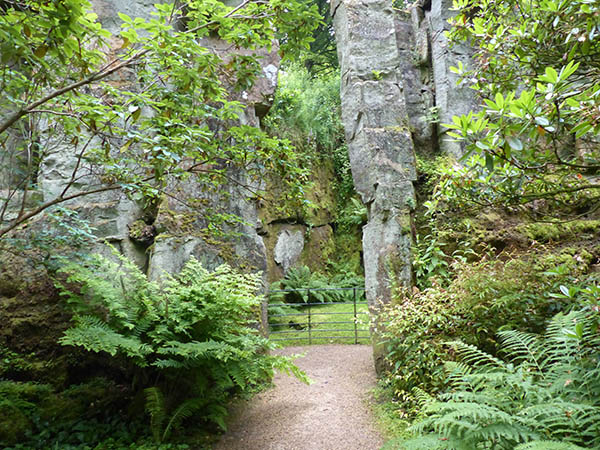
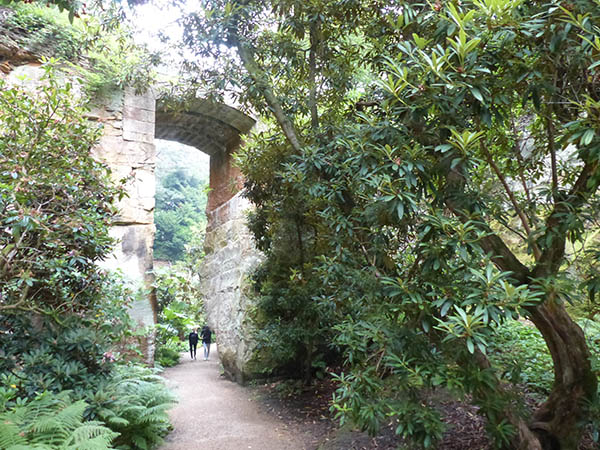
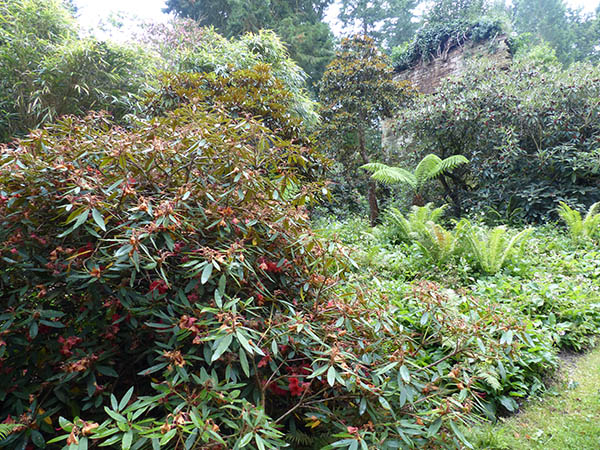
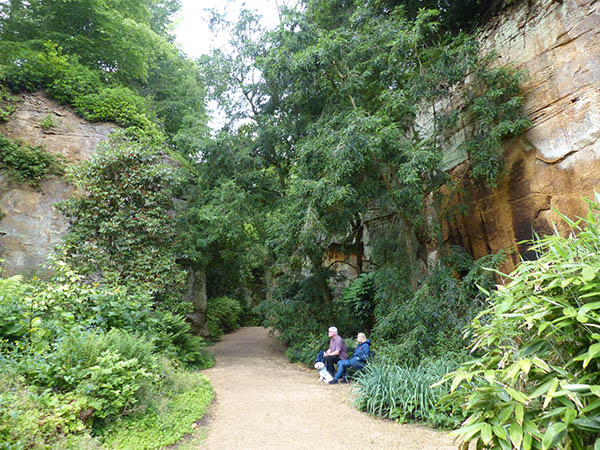

At the other end of the quarry garden is the castle, which is mainly just a ruin. Due to social distancing, it was not able to go inside the building except for the open rooms and cellar.
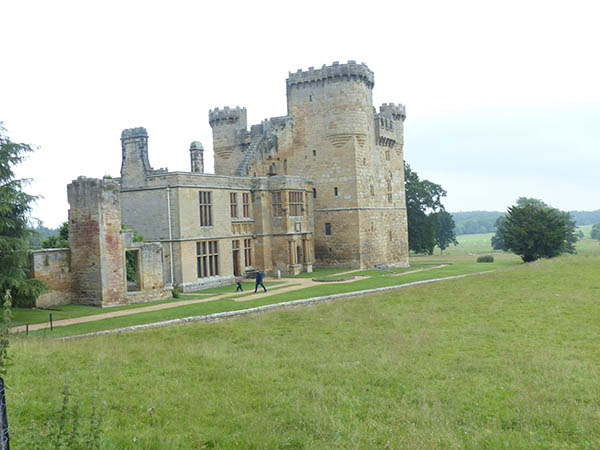
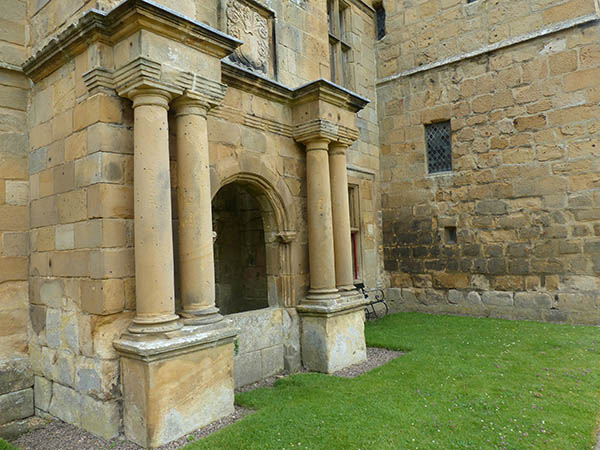
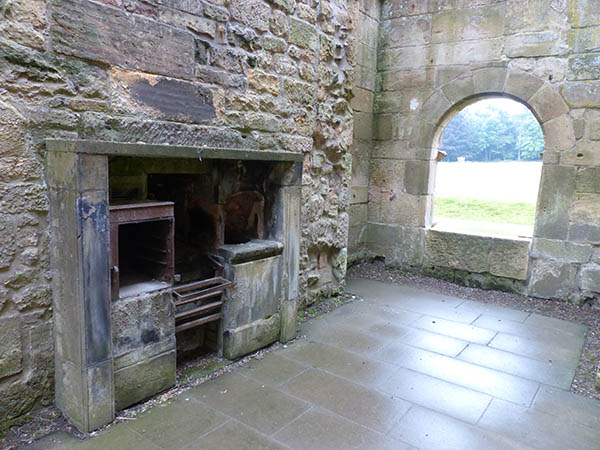
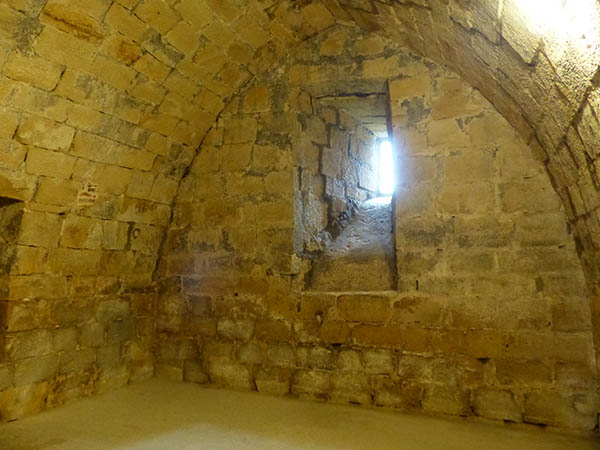
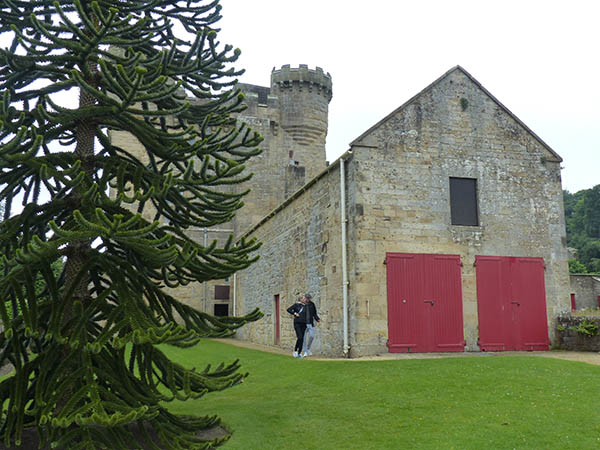

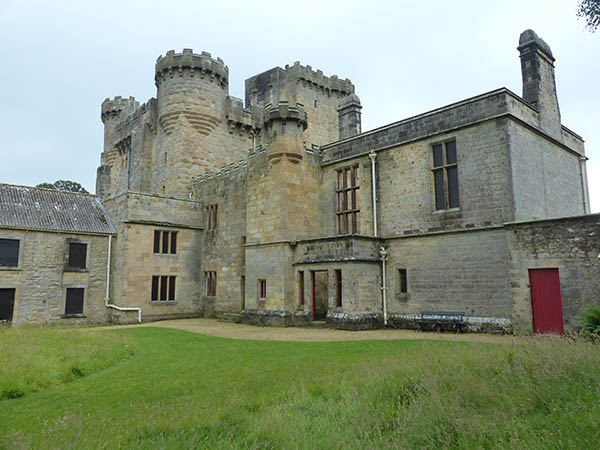
There was a small walk back through the quarry gardens to get back via a one-way system.
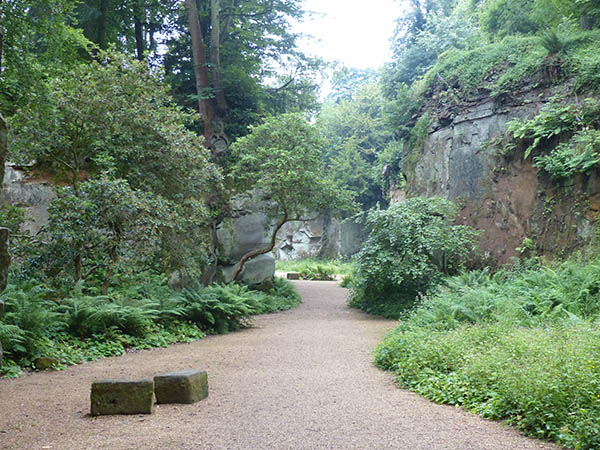

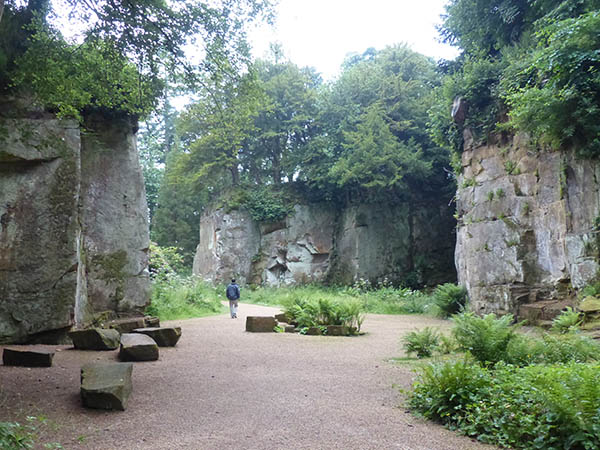
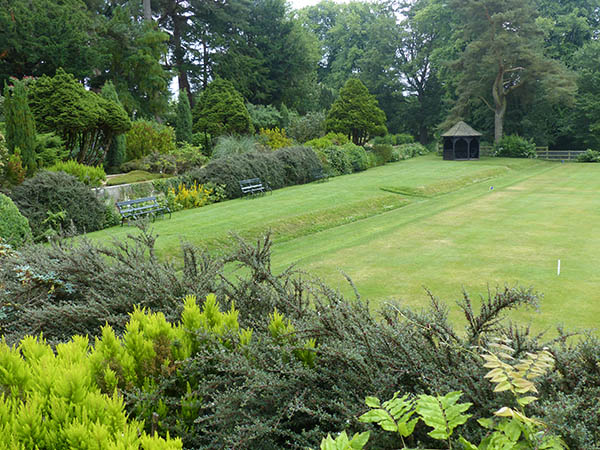
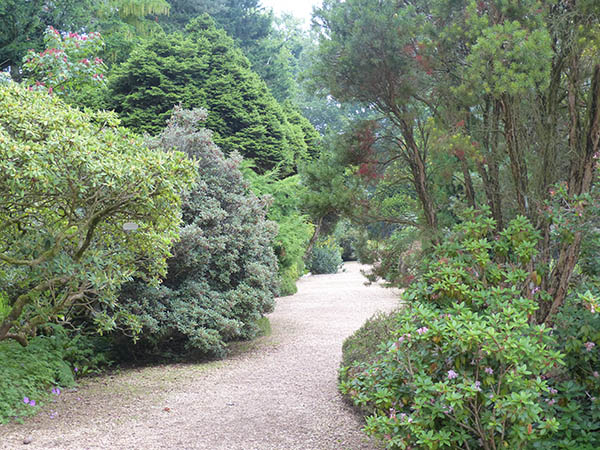
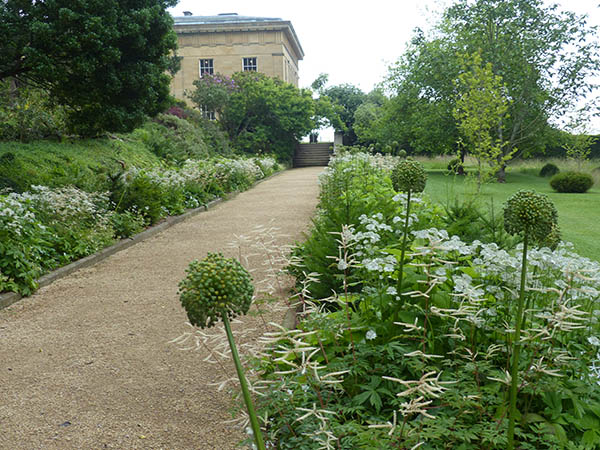

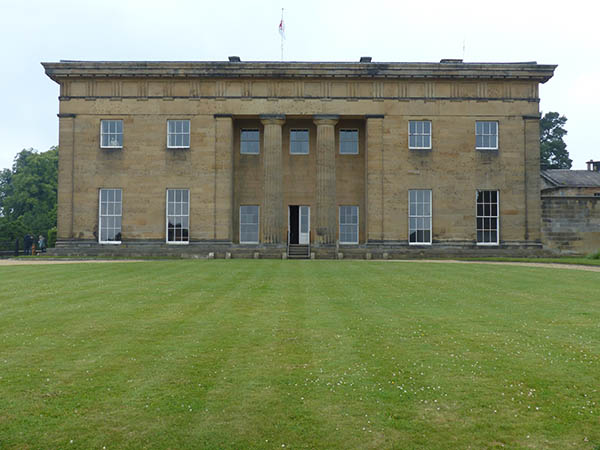
The stables has some information on the way out.
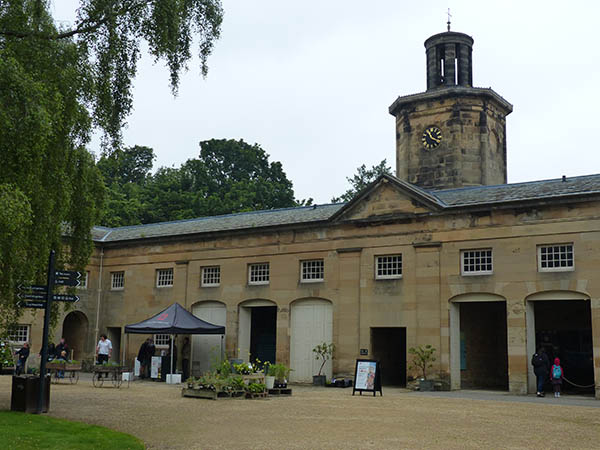
I enjoyed Belsay Hall, castle and gardens and hope to return once it is fully open and it is safe to do so.
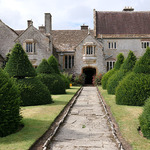
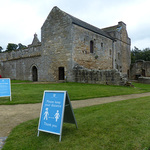
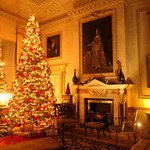
Leave a comment